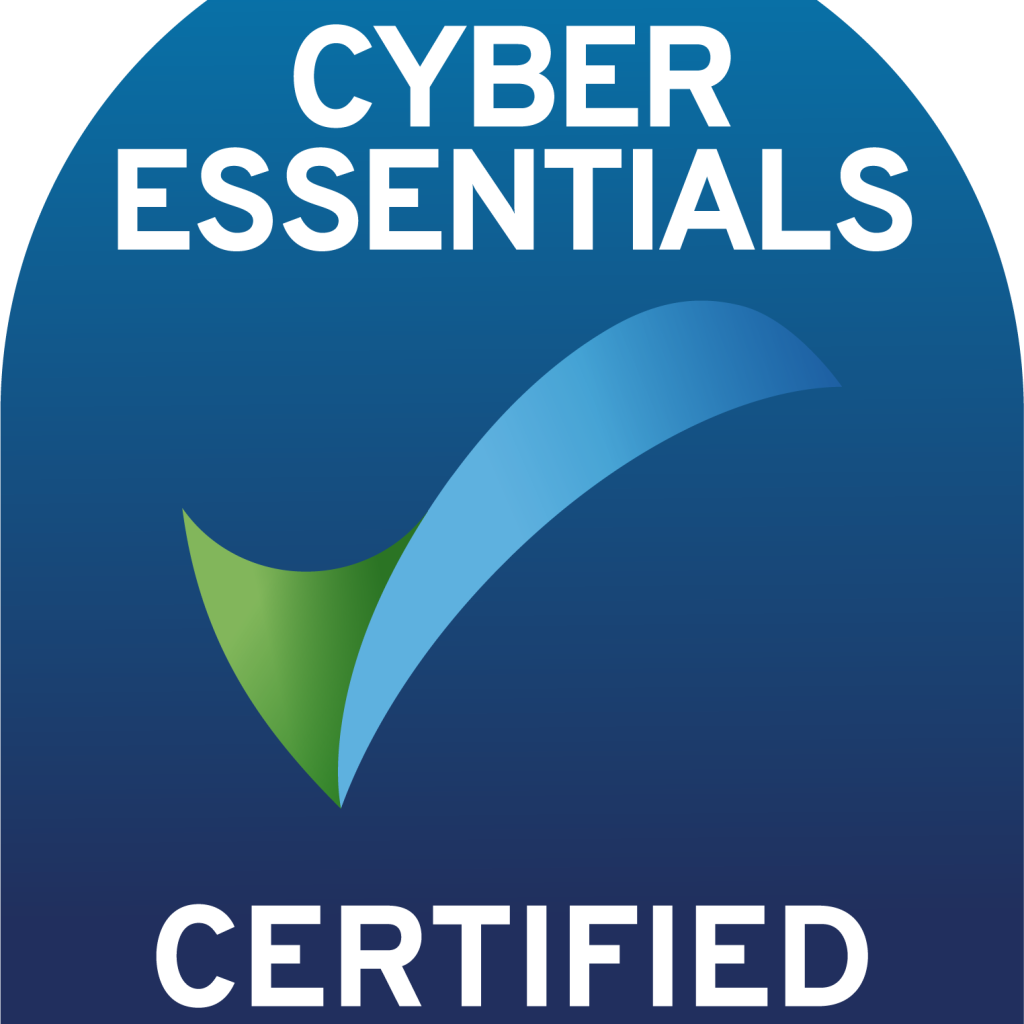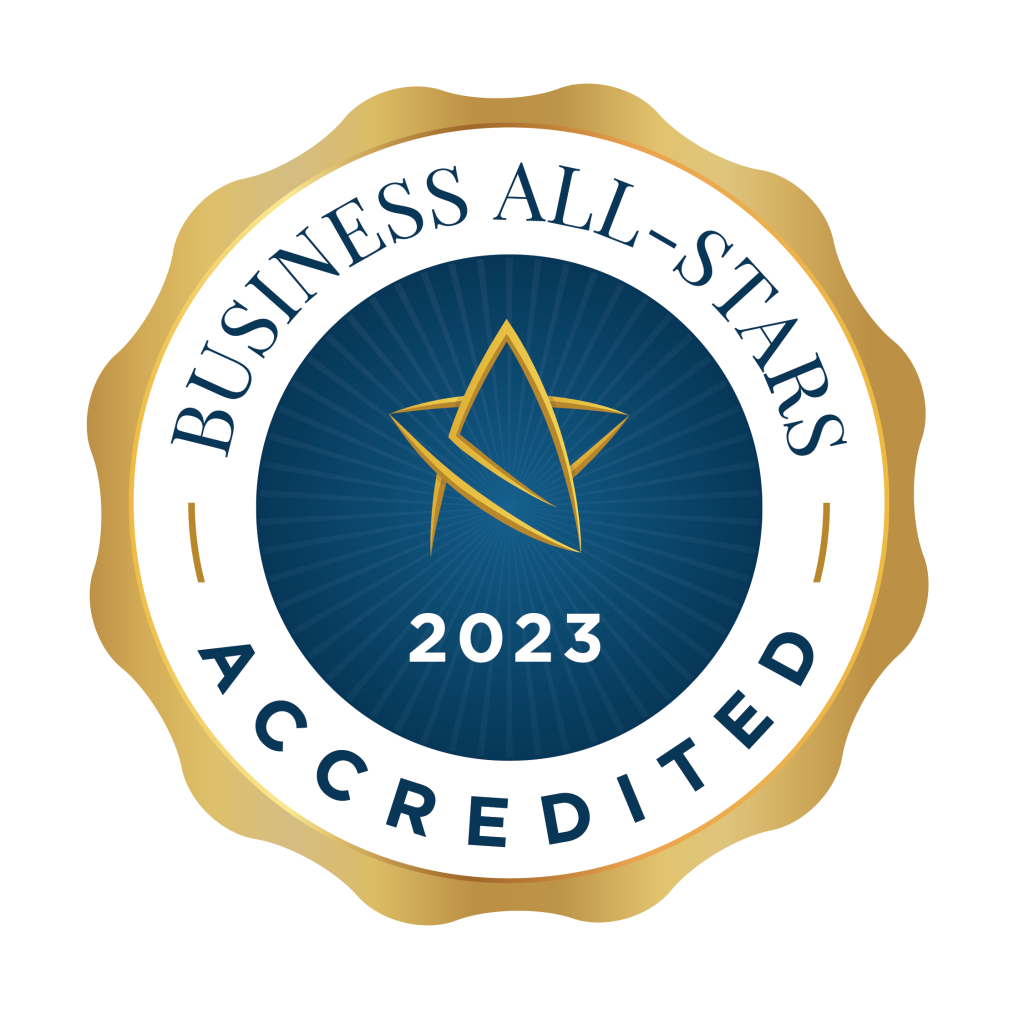We interviewed Jean-Michel Rubillon, a Product Development Engineer with the Nimbus Centre, which is part of Cork Institute of Technology about hardware development with 3rd level institutions. He works with customers through innovation vouchers, innovation partnerships, commercialisation funds, European projects, and some direct funded projects too.

Innovation Vouchers
Innovation Vouchers are an allocation for €5k to be spent with third level institutions on innovative projects given out by Enterprise Ireland to early stage companies.
Jean-Michel tells me “The innovation voucher gives the company and ourselves the opportunity to see if we can work together.” He believes that it is a low risk way for the company and the third level institute to see how well they can work together. They work with the client to find out what they want and what is realistically achievable. It would be naïve to expect a fully functional, commercial product at the end of an innovation voucher; a more realistic expectation is to prove a concept.
Innovation partnerships can follow on from innovation vouchers. These are for bigger projects, where the early-stage company often only pays 20% of the costs.
Hardware Prototyping
I asked Jean-Michel about customers who come to him using innovation vouchers to build hardware prototypes. He told me that hardware design is very time consuming so they would try to use off-the-shelf products like Arduino, Raspberry Pi, Beaglebone Black, Grove sensors, MikroElektronika – ready-made, known, good hardware, that are good enough to prove the concept.
He said that there is nothing more time-consuming than finding a hardware bug. For example, when you use known products you can be sure that the power supply is stable but if you use your own board, it needs to be robust and not everyone knows how to design a good power supply that is efficient and responsive. If the customer then wants to have bespoke hardware designed, a more elaborate collaboration such as the innovation partnership would be required.
Embedded Software
When dealing with embedding software, you must take into account that the software will evolve in the long-term. What tends to happen in that over time you have a feature creep, and then suddenly you realise that you don’t have the hardware to support the feature (not enough memory or data storage for programmes or not enough MIPs to process the data). They often think that they can just add that on, but what the software guys don’t realise is that its probably a 2 to 3 month cycle doing the new design, getting the new board in, testing , validating, then adding it to the bespoke hardware. Typically you need to build a product that will support expected added features that you would anticipate over the next one to two years.
You can use a development kit or evaluation board for the particular feature that you are planning to add, and plug that into your existing hardware, thus allowing the development guys to keep on developing, while in parallel you integrate the new feature into the hardware.
Managing Customer Expectations
I asked Jean-Michel about managing customer’s expectations. He emphasised the importance of open communication, having trust in each other, and highlighting risks of the project from the onset or as soon as you see them arise. If it is a project that hasn’t been done before, the likelihood is that it will not go according to plan so its best to approach it in little steps; small incremental projects are a lot safer for all parties to have something at the end that’s usable.
Irish Ecosystem for Hardware Development
In terms of the supportive ecosystem in Ireland for hardware development, and he felt that it is reasonably good. He mentioned makersheds such as they have in the US. He feels that Ireland would benefit from a similar initiative but wonders how it would be funded.
Advice for Startups
I asked Jean-Michel for tips on approaching your hardware build. He said that companies should be aware that when using an innovation voucher/partnership that the third level institute hold the IP. They give the company an exclusive licence for an agreed fee. This is to ensure that the IP is not lost if the early-stage company fails.
The main issue he sees is people re-inventing the wheel, and he strongly advises to look at what is out there already. He thinks that a lot of early stage companies need market research help, and that it is crucial for them to be aware of what is already on the market. He says to never ask your friend for advice; ask total strangers – would you buy this? He also says that they must have a long-term plan, not just where they will be at the end of this project. Once you believe that the idea has legs and you’re very clear about where you want to get to, come to him.
He thinks that sometimes customers expect things that aren’t physically possible, and said “I’ve got a good relationship with God, but I don’t have a direct line.” For example, there is no point in trying to sample the temperature with a thermocouple at 1 kilohertz when the fastest response you’ll get from a thermocouple is 10 milseconds; its overkill. He said that customers should avoid being dogmatic about how the end result should be achieved, and they should remember that it is a collaboration.
Reach Out
If you would like to talk to Jean-Michel about a project, you can contact him at [email protected]
If you have had experiences with hardware prototype builds or innovation vouchers that you’d like to share, comment below or tweet us @MintTekCircuits
 Mint Tek is building a platform and a network of PCB manufacturing and hardware prototype assembly partners to make this process simple, cost-effective and easy for busy hardware developers.
[
Mint Tek is building a platform and a network of PCB manufacturing and hardware prototype assembly partners to make this process simple, cost-effective and easy for busy hardware developers.
[
